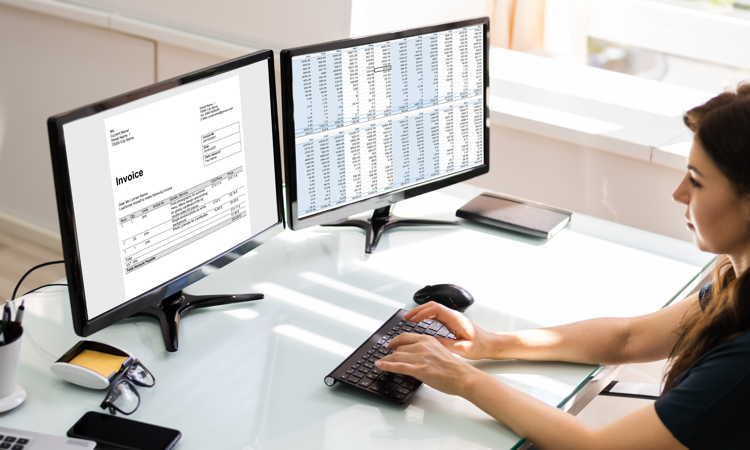
Manual procedures that have become obsolete might put an AP operation to a standstill. There is a possibility that invoices may not be found or will become stuck in a bottleneck during the approval process. Additionally, information may be submitted improperly, and payments may be issued late or for the wrong amount. However, if you automate your payments, not only will you be able to optimize your vendor payment process, but you will also be able to cut down on fraud, enhance your relationships with your suppliers, and also save money. We will go through the fundamentals of payment automation, including the six ways in which it may make your AP operation more efficient.
1. Productivity gains to be realized
Productivity is one area that might potentially benefit from automating the processing of vendor payment invoices. If the vendor payment process isn’t automated, 84 percent of the staff’s time is taken up on processing transactions, allowing only 16 percent for value-added individuals to perform. As was mentioned before, automated accounts payable processing removes the need for a number of human touches per transaction, which in turn reduces the amount of time that the accounts payable personnel need to spend analyzing each invoice.
The personnel are now able to tackle any outstanding invoices or devote their attention to other value-adding activities thanks to the time they gained. These may involve ensuring contract compliance, reducing compliance difficulties, optimizing supplier expenditure, managing financials and expenditures, cash management, and project budgets, among other things.
2. Processing and Cycle Times That Are Much Quicker
The accounts payable division of a company is concerned not only with making payments but also with making those payments in the most effective and efficient manner possible in order to cut down on waste and unnecessary expenditures. When payments to vendors are made more quickly, there is less time wasted. In addition, prompt payments frequently qualify customers for early payment discounts offered by retailers. You can click here to know more about this benefit in detail.
3. Increased accuracy in reporting
When it comes to the hundreds or even thousands of bills that a typical company will have to deal with over the course of a single month, accounts payable is a difficult area of work that involves every stage of the process, from purchase to payment. Due to the sheer volume of work and transactions, it is possible for some payments to be overlooked even though accounts payable employees and departments make every effort to do their jobs correctly.
Companies are responsible for ensuring that their financial reporting and accounting procedures are as up to date as is practically practicable. Daily reconciliations are one method that may be used to achieve this goal. This method entails having staff members check on a daily basis that the vendor payment balances match whatever is recorded in a company’s general ledger.
4. Maximize the flow of cash.
The plain and simple reality is that the quality of your data directly correlates to the robustness of your decision-making. The status of your organization’s finances and the amount of accessible capital may be inferred mostly from the payments that have been made.
In recent years, corporate executives have come to significantly regard payment automation as just a powerful point of research when attempting to estimate future cash flow. This shift in attitude is mostly attributable to the rise of blockchain technology. For example, the use of electronic payments makes it simple to record monetary data, which enables leadership to more easily make judgments that are both confident and well-informed.
Conclusion
The advantages of automating payments are multiplied when all of the processes of vendor payment processes are also automated. The capturing of the invoice, which may be done automatically in a variety of different methods, is the first step in the end-to-end process.




